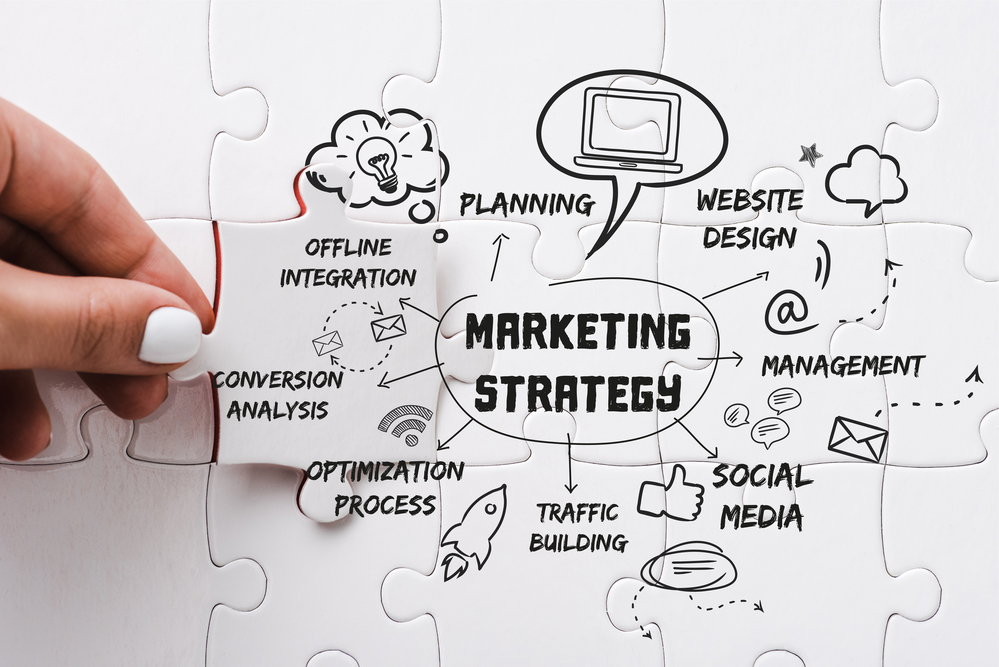Category: E-COMMERCE
-
The Future of Direct Response Marketing Part 2: Partners, not Providers
Welcome back! In this Part 2 of our interview with Rich Schefren, internet marketing pioneer and “guru to the gurus”, we uncover what the future of direct response marketing holds. His insight on the subject is both understandable and surprising. Use this information to your advantage to prepare a future-proof business model that can capture the…
Written by

-
The Future of Direct Response Marketing Part 1: Building the Foundation
We sat down with famed business strategist and “guru to the gurus”, Rich Schefren, founder of the automated webinar (2007), for insight into where the direct response marketing industry is headed. He gave us some great personal accounts of what makes a marketing strategy good, what doesn’t, and how he got to where is today. You can leverage his extensive knowledge to…
Written by

-
Timeline of a Chargeback: The Merchant’s Guide to Processing Chargebacks
The timeline of a chargeback is a tricky one and tends to favor the customer. It involves all parties: customer, card issuer, credit card network, acquirer, and finally the merchant. Merchants who ignore chargebacks or fail to respond in time will lose revenue, increase their chargeback ratio, and take one step closer to account termination. For these reasons, chargeback management is a high-risk merchant’s best ally. Steps for Chargeback Processing There…
Written by

-
Expansion Part 2: Strategies for Maximizing Revenue When Expanding into New Markets
Business expansion into new markets is more than allowing your site to accept payments. We covered that in part one. To sum it up, you can add Dynamic Currency Conversion (DDC), open a Multi-Currency Merchant Account, or incorporate in the region. Now that you’ve prepped your store, how can you be sure of customer interest? And if customers…
Written by

-
Startups are risky. Here’s how you can maximize your chances of getting a merchant account for one.
Startups are inherently high risk, which means getting a merchant account as a new small business owner is going to be a challenge. It can seem like a perpetual cycle. You need payment processing history and past business experience to get approved for a merchant account. But how can you get the experience without being approved? Don’t fret—there’s a way to break this cycle. And there’s…
Written by
